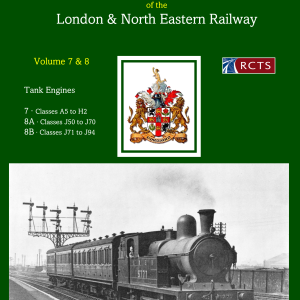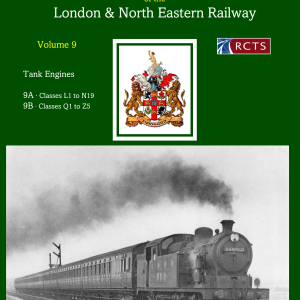LNWR Eight-Coupled Goods Engines
£2.00
A PDF file for your personal use. Each page carries a small RCTS logo.
Description
The London & North Western Railway is famous for its express passenger trains with their shining black engines and splendid carriages, for Euston station and the Doric Arch, for Crewe Works, the Britannia Bridge and the finest permanent way in the world’. Much less famous but perhaps more important is that it also enjoyed considerable goods traffic and was one of the major coal-hauling railways in the country. For this reason it was a pioneer of the eight-coupled goods engine, introducing the type in 1892. It had over 270 in service by the end of 1904 and more than 600 at the Grouping in 1923. The LMS treated the superheated engines virtually as a standard class and had over 500 of the famous ‘Super Ds’ in service at nationalisation in 1948. The last survivors were withdrawn only at the end of 1964, less than four years from the end of steam on British Railways. The result of much research in archive sources, this book recounts the story of all the LNWR eight-coupled engines – the various classes of tender engines, the two classes of tank engines and the ‘ROD’ engines bought by the LNWR after the First World War – from their first introduction in 1892 through the LNWR and LMS periods up to their final withdrawal under British Railways. As well as being a comprehensive history, it also contains much information on technical aspects of the design, construction, maintenance and operation, based on conversations with men at all levels – fitters, enginemen and Crewe-trained engineers – who worked on the engines and knew them intimately. There are numerous appendices including allocations and full engine history lists.
Additional information
| Pages | 34 |
|---|---|
| Filesize | 13.7Mb |





